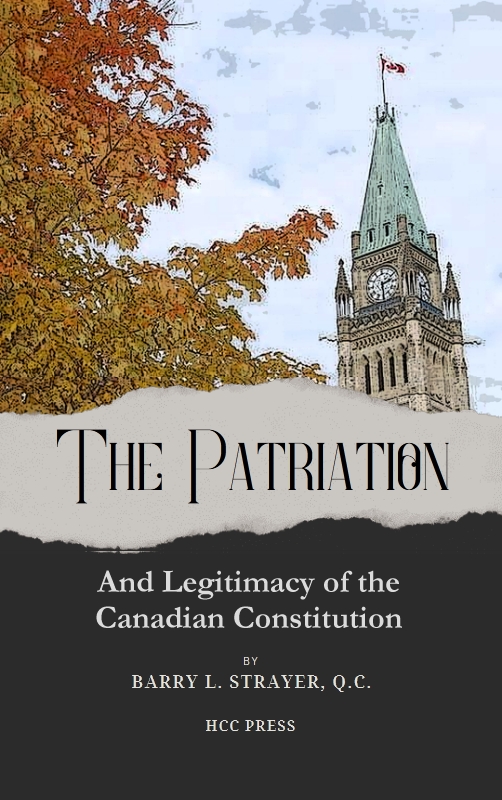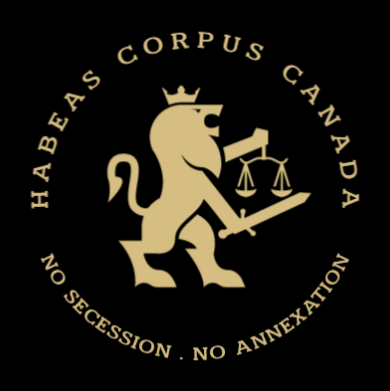What did not change during this sixty-year period were the conditions for legal legitimacy. Throughout this whole time it was accepted that constitutional amendments not otherwise within the authority of Canadian legislative bodies would have to be made by the United Kingdom Parliament, and that they properly could be made by that body. The draft bills for both the Fulton Formula and the Fulton-Favreau Formula were cast in the conventional mold of an ordinary British Act of Parliament. The only concession to Canadianization of the patriation process was the innovation of a French version in the 1964 draft, to be enacted by the British as a schedule, making it one of the official versions of the Act. This was agreed to in principle by British authorities at the time, and we were able to refer back to it as a precedent in 1980 when we first discussed in London a draft of what is now the Canada Act, 1982.
The Seventies — A Temporary Lapse
Against this background it is interesting to consider, for a moment, the patriation process that was contemplated in 1971 at the time of the Victoria Conference. You will recall that a series of federal-provincial constitutional conferences started immediately after Centennial Year, continuing throughout the period 1968-1971. While the initial emphasis of this series of conferences was on a comprehensive review of the substance of the constitution, in its latter stages it narrowed its objectives and sought to achieve agreement on patriation together with a few amendments. By June of 1971, the time of the Victoria Conference, through federal-provincial efforts we drafted a text which was entitled “The Canadian Constitutional Charter” or, more popularly, “The Victoria Charter”. We also reached agreement on a patriation process. This agreed patriation process, I think it is fair to say, put a clear emphasis on political legitimacy of the Victoria Charter (to be derived from unanimous approval by provincial legislative assemblies plus both Houses of Parliament) and down-played legal legitimacy.14
To understand this attenuation of legal legitimacy, one must understand the context. During the three years of negotiations which led us to the Victoria Charter, the Government of Quebec had suggested that we should be able to adopt a Canadian amending procedure and other changes without further resort to the United Kingdom. This apparently was symptomatic of a fairly widespread feeling that the new constitutional provisions should in every way be seen as Canadian. Some of us in Ottawa
14. Text of the agreed arrangement is set out in The Constitutional Review 1968-71, Secretary’s Report, (Canadian Intergovernmental Conference Secretariat, 1974) at 399-402.

